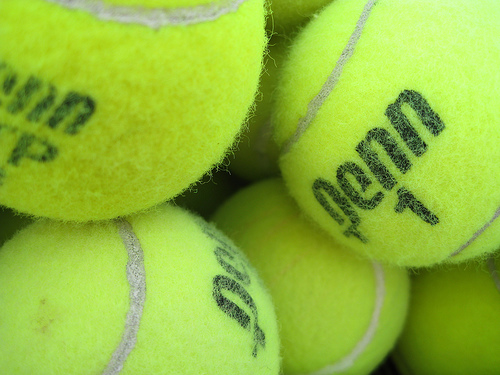 In answer to a question a received last week, I thought I’d talk a little bit more about teaching 2 against 3, as I had mentioned in a post about teaching music through movement.
In answer to a question a received last week, I thought I’d talk a little bit more about teaching 2 against 3, as I had mentioned in a post about teaching music through movement.
To tell you the truth, I have not needed to teach 2 against 3 very often so far, and when I have, it’s been in private piano lesson settings. In the past, I’ve used a purely theoretical approach (similar to the method described in this article and this article) to teaching the concept, using tapping of the RH and LH, and have been only mildly successful.
However, I have experienced another method that works. During my undergrad, I took a Dalcroze Eurhythmics course, and we went over a number of different meter and rhythm concepts, including the issue of 2 against 3. Although I already understood the concept of 2 against 3 prior to that class, it was quite revealing to look at it from the perspective of movement.
My teacher first handed out tennis balls. We were instructed to step in three and bounce in two, as he demonstrated for us. Then we switched: we stepped in two and bounced in three. What a difference it makes to feel 2 against 3 with your whole body — rather than try to wrap your mind around it from merely a mental standpoint!
But now we address the problem: how do we teach 2 against 3 to younger children who may not have the coordination to bounce and catch tennis balls while walking in time? =) Some ideas:
- Instruct the students sit on the floor with their legs extended front of them.
- Divide the class in half. Count in 6/8 time, and instruct half of the class to gently bounce their tennis balls in front of them on beats 1, 3, and 5, and the other half on beats 1 and 4. The resulting rhythm is 2 against 3. Now switch, so each student has the opportunity to try both parts.
- If the students seem ready, go a step farther. Now that they’ve experienced the sound and feel of two against three, see if they can reproduce it themselves by tapping three’s in the LH and two’s in the RH. Not all of the students may be ready to do this at this point, but at least they’ve been introduced to the concept and have experienced it. This lays the groundwork for later work with the concept.
Two against three is no easy concept! I’d love to hear any further ideas you may have.
Photo Credit: http://www.flickr.com/photos/shawnzlea/ / CC BY 2.0



The phrase “hot cup of tea” worked for me.
If you have a group of students, you can line them up behind each other, and each one pats the rhythm on the shoulders of the person in front of them: B – LR – L. (Both – Left-Right – Left)
Great idea! Thanks, Alice!
Is anyone familiar with a book entitled “Twos and Threes” by Katherine K. Beard? It introduces two against three with explanations, preparatory studies and repertoire pieces. I have used it several times successfully. It is clearly written and I think it deepens the theoretical understanding of two against three.
I haven’t heard of that book, Marcia! I’ll have to check it out.